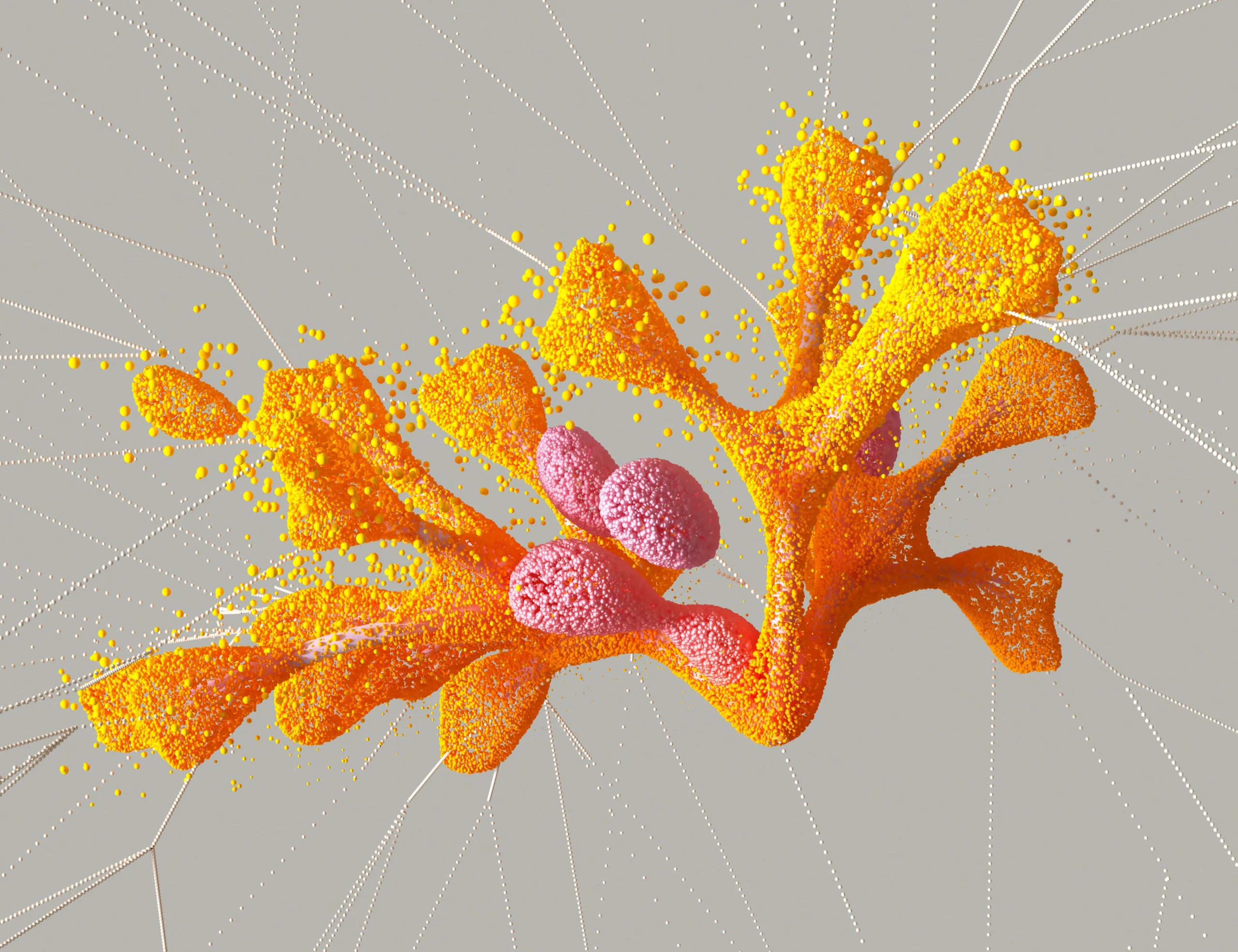Part 1 of Designing User-Centric AI/ML Products
As technology advances and artificial intelligence (AI) and machine learning (ML) become integral to product design, it is crucial to embrace a human-centered approach. Designing for AI and ML may initially seem complex and technical, but by incorporating the principles of empathy and innovation, we can create AI/ML products that truly serve the needs of users. In this blog post, I will guide you through a comprehensive framework that combines proven methodologies, experimentation, and strategic thinking to ensure the successful design of AI/ML products that put humans at the forefront.
Transitioning into the world of AI/ML design can be intimidating, especially when collaborating with highly technical teams such as PHDs, staff PMs, and data scientists. As designers, it is natural to worry about earning their trust quickly and demonstrating our value. Additionally, when working in a highly visible team, like the only AI product team in the SMS space, the pressure to justify our existence in a challenging economic climate can be daunting. However, by recognizing that AI design shares common ground with traditional product design, we can overcome these concerns. Embracing familiar product design principles empowers us to create impactful AI products with confidence, making the seemingly technical aspects more approachable.
To navigate the AI/ML design process effectively, we must adopt a human-centered and systematic approach. Drawing inspiration from various sources, including industry-leading blogs like The Essential Guide and People + AI, as well as incorporating principles of experimentation from Continuous Discovery and design processes from Lean UX, we can ensure that our AI/ML products are user-centric and address real-world problems. Let’s break down the steps of this comprehensive framework:
- Hypothesize customer problems
Begin by understanding the pain points and challenges that users face. By immersing ourselves in their experiences, we can develop solutions that genuinely address their needs. - Prioritize solutions
Evaluate potential solutions based on their impact and feasibility. By prioritizing the most impactful ideas, we ensure that our efforts are focused on creating maximum value for users.✦ Prioritizing for AI means finding solutions that AI is good at solving.✦ AI products use large data sets. Solutions should have modellable data or LLMs. - Experiment in low-fidelity
Employ rapid prototyping techniques to test and gather feedback on low-fidelity prototypes. This iterative process allows us to refine our ideas based on real user interactions and insights. - Validate and iterate
Collect user feedback to validate the effectiveness of our proposed solutions. By continuously iterating based on user insights, we can refine and enhance the user experience. - Build an MVP
Once the viability of the solution is established, build a minimum viable product (MVP) to showcase its functionality and value. This serves as a tangible representation of our design, allowing for further feedback and refinement.
Designing AI/ML products can initially appear complex, but by adopting a human-centered approach and leveraging proven methodologies, we can create innovative solutions that address real user needs. The example provided demonstrates how each step of the framework contributes to reducing customer conversion rates. By formulating hypotheses, conducting research, leveraging AI/ML vision, validating through heuristics, building accurate models, and embracing continuous improvement, we can create AI/ML products that deliver tangible value and meet the evolving expectations of users. Remember, with empathy and a commitment to user-centered design, we can shape a future where AI enhances our lives and empowers us to achieve remarkable outcomes.

